Home>Furniture & Design>Interior Design Trends>What Do Glass Noodles Taste Like
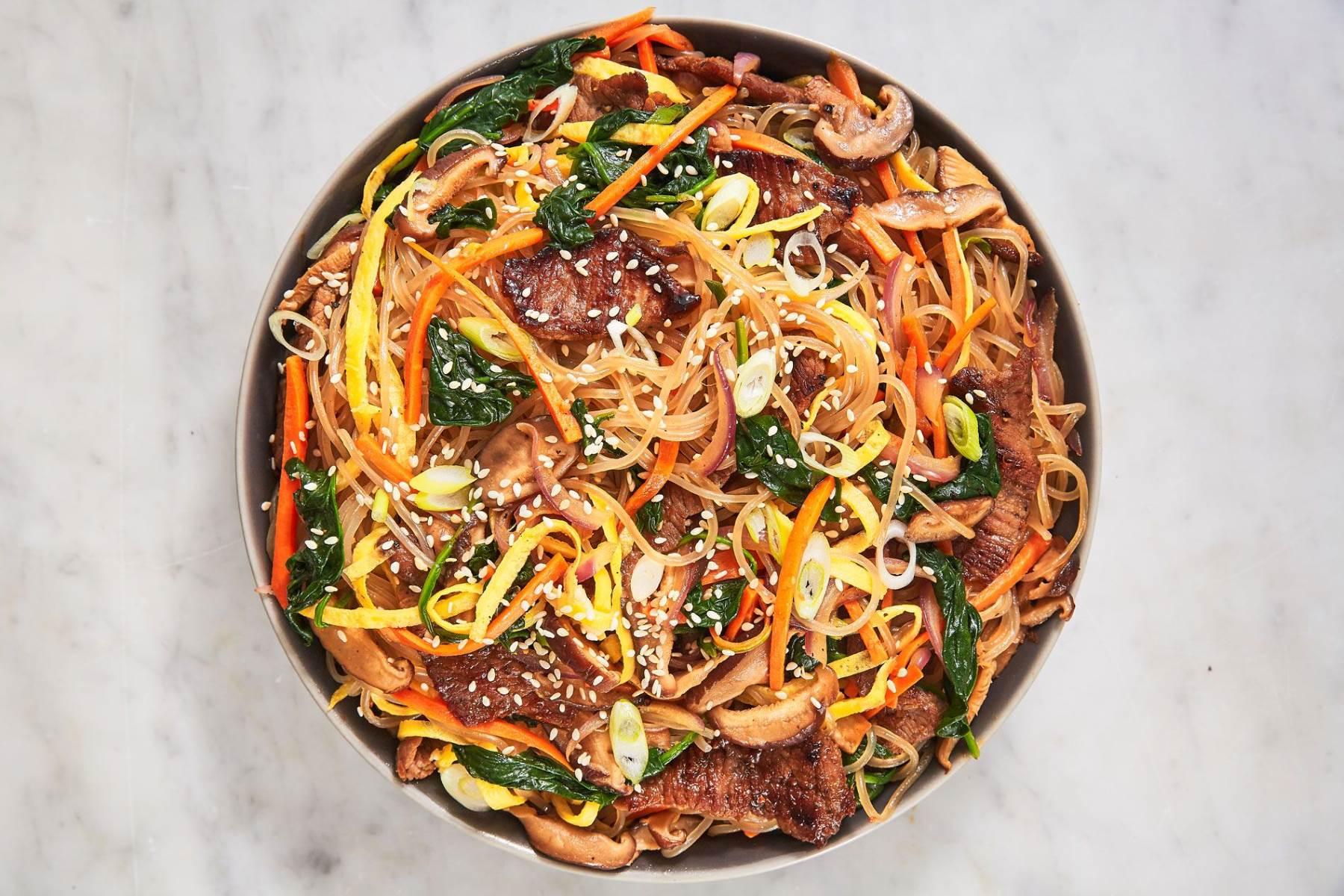

Interior Design Trends
What Do Glass Noodles Taste Like
Modified: February 18, 2024
Discover the latest interior design trends and find out what glass noodles taste like. Explore unique flavors and get inspired for your next design project.
(Many of the links in this article redirect to a specific reviewed product. Your purchase of these products through affiliate links helps to generate commission for Storables.com, at no extra cost. Learn more)
Texture of Glass Noodles
Glass noodles, also known as cellophane noodles or bean thread noodles, are renowned for their unique and delightful texture. These translucent, thread-like noodles are made from various starches such as mung bean, potato, sweet potato, or tapioca. When prepared properly, glass noodles boast a springy and chewy texture that sets them apart from other noodle varieties.
The texture of glass noodles can be likened to a harmonious blend of firmness and elasticity. When cooked, they become delightfully slippery and smooth, offering a satisfying mouthfeel that is both comforting and intriguing. Unlike wheat-based noodles, glass noodles have a light and delicate quality that allows them to absorb the flavors of accompanying ingredients while retaining their own distinct texture.
One of the most remarkable attributes of glass noodles is their ability to maintain their structure without becoming mushy or overly soft. This resilience makes them an excellent choice for stir-fries, soups, and salads, as they can hold their own amidst a medley of ingredients and sauces. The springy texture of glass noodles adds a delightful contrast to dishes, creating a dynamic sensory experience with each bite.
When properly prepared, glass noodles have a translucent appearance, resembling delicate strands of glass, hence their name. This visual aspect adds an element of elegance to dishes, making them visually appealing and inviting. The ethereal appearance of glass noodles contributes to the overall dining experience, elevating the presentation of the dish and enticing the senses before the first bite is even taken.
In summary, the texture of glass noodles is a key factor in their widespread popularity. Their unique combination of firmness, elasticity, and translucency makes them a versatile and enjoyable ingredient in a wide range of culinary creations. Whether used in soups, stir-fries, spring rolls, or salads, the delightful texture of glass noodles adds a distinct dimension to dishes, making them a beloved choice for chefs and home cooks alike.
Key Takeaways:
- Glass noodles have a unique texture that is both springy and smooth, making them perfect for stir-fries, soups, and salads. Their translucent appearance adds elegance to dishes.
- Glass noodles have a mild, sweet flavor and can absorb the flavors of accompanying ingredients, making them a versatile choice for creating delicious and visually appealing dishes.
Read more: What Do Flax Seeds Taste Like
Flavor of Glass Noodles
Glass noodles, also known as cellophane noodles or bean thread noodles, possess a delicate and subtle flavor profile that complements a wide array of ingredients and seasonings. Unlike wheat-based noodles, which often have a distinct taste, glass noodles are prized for their ability to absorb the flavors of the dishes they are incorporated into, allowing them to serve as a versatile canvas for culinary creativity.
The inherent flavor of glass noodles can be described as mild and neutral, with a hint of sweetness. This gentle taste profile makes them an ideal foundation for a diverse range of dishes, as they harmonize with various seasonings, sauces, and aromatic components. When cooked, the natural sweetness of glass noodles becomes more pronounced, adding a subtle yet pleasant dimension to the overall flavor profile of a dish.
Due to their neutral taste, glass noodles readily take on the flavors of the ingredients and seasonings they are prepared with. Whether infused with savory soy sauce, fragrant garlic, zesty ginger, or spicy chili, glass noodles have the remarkable ability to absorb and enhance the essence of accompanying elements, resulting in a harmonious and well-balanced flavor profile.
Furthermore, the delicate nature of glass noodles allows them to complement both light and bold flavors, making them a versatile addition to a wide range of culinary creations. Whether incorporated into a refreshing salad with crisp vegetables and tangy dressing or used in a rich and savory stir-fry with aromatic spices and savory sauces, glass noodles contribute a subtle sweetness and a pleasing texture that elevates the overall flavor experience.
In summary, the flavor of glass noodles is characterized by its gentle sweetness and neutral taste, allowing them to serve as a versatile foundation for a myriad of culinary creations. Their remarkable ability to absorb and enhance the flavors of accompanying ingredients makes them a beloved choice for chefs and home cooks seeking to craft dishes that are both flavorful and visually appealing.
Cooking with Glass Noodles
Cooking with glass noodles opens up a world of culinary possibilities, allowing for the creation of diverse and flavorful dishes that showcase the unique attributes of these translucent noodles. Whether you are a seasoned chef or an enthusiastic home cook, incorporating glass noodles into your culinary repertoire can add a delightful twist to your meals.
One of the key aspects of cooking with glass noodles is their versatility and ease of preparation. Unlike some other types of noodles that require boiling for an extended period, glass noodles can be rehydrated quickly in hot water, making them a convenient option for busy kitchens. To prepare glass noodles, simply soak them in hot water for a few minutes until they become soft and pliable. Once rehydrated, they can be used in an array of dishes, from stir-fries and soups to salads and spring rolls.
Stir-frying with glass noodles is a popular and delectable way to showcase their unique texture and ability to absorb flavors. When stir-frying, it is essential to ensure that the noodles are well-drained and free of excess moisture to prevent them from becoming soggy during cooking. The springy and resilient nature of glass noodles allows them to hold up well in the high heat of a stir-fry, maintaining their delightful chewy texture while absorbing the savory notes of the accompanying ingredients and seasonings.
In addition to stir-frying, glass noodles can be incorporated into soups to add a satisfying and comforting element to the dish. Their ability to retain their structure and texture in liquid environments makes them an excellent choice for soups and broths, providing a delightful contrast to the other components of the dish. Whether used in clear broths or rich, flavorful soups, glass noodles contribute a light and delicate touch that enhances the overall dining experience.
Furthermore, glass noodles can be utilized in salads to create refreshing and vibrant dishes. Their translucent appearance and chewy texture add an appealing dimension to salads, creating a delightful contrast with crisp vegetables and flavorful dressings. Whether combined with fresh herbs, crunchy vegetables, and zesty dressings, or used as a base for protein-rich salads, glass noodles bring a unique and enjoyable element to salad creations.
In summary, cooking with glass noodles offers a myriad of possibilities for crafting delicious and visually appealing dishes. Their versatility, quick preparation, and ability to absorb flavors make them a beloved choice for chefs and home cooks seeking to elevate their culinary creations with a touch of elegance and delightful texture.
Pairing Glass Noodles with Other Ingredients
Pairing glass noodles with a diverse array of ingredients opens up a world of culinary creativity, allowing for the creation of vibrant and flavorful dishes that captivate the senses. The unique texture and neutral flavor profile of glass noodles make them an ideal canvas for harmonizing with an assortment of complementary components, resulting in dishes that are not only visually appealing but also a delight to the palate.
When it comes to pairing glass noodles with other ingredients, the possibilities are virtually endless. Their versatility allows them to seamlessly integrate into a wide range of culinary creations, from light and refreshing salads to rich and savory stir-fries. The following are some inspiring ideas for pairing glass noodles with various ingredients to elevate your culinary endeavors:
Fresh Vegetables
Pairing glass noodles with an assortment of fresh vegetables such as crisp bell peppers, crunchy cucumbers, vibrant carrots, and tender snow peas creates a refreshing and colorful ensemble. The light and delicate nature of glass noodles complements the textures and flavors of the vegetables, resulting in a vibrant and satisfying dish that is perfect for warm weather dining.
Read more: What Do Fennel Seeds Taste Like
Aromatic Herbs and Citrus
Infusing glass noodles with aromatic herbs such as cilantro, mint, and Thai basil, along with a splash of citrus juice, adds a burst of freshness and complexity to the dish. The fragrant herbs and zesty citrus elements enliven the neutral flavor of the noodles, creating a harmonious blend of vibrant flavors and enticing aromas.
Savory Sauces and Proteins
Pairing glass noodles with savory sauces such as soy-based marinades or rich, umami-laden broths, along with tender proteins such as grilled chicken, succulent shrimp, or marinated tofu, results in a satisfying and substantial meal. The ability of glass noodles to absorb and enhance the flavors of the accompanying sauces and proteins makes them an excellent choice for creating hearty and flavorful dishes.
Spices and Aromatics
Incorporating aromatic spices and flavor-packed aromatics such as garlic, ginger, and chili peppers into dishes featuring glass noodles adds depth and complexity to the flavor profile. The gentle sweetness of the noodles serves as a delightful backdrop for the bold and aromatic elements, resulting in dishes that are both comforting and invigorating.
Nutty and Creamy Additions
Pairing glass noodles with nutty and creamy components such as toasted sesame seeds, creamy peanut sauce, or coconut milk-based curries adds a luscious and indulgent dimension to the dish. The delicate texture of the noodles provides a delightful contrast to the rich and creamy elements, resulting in dishes that are both comforting and luxurious.
In summary, pairing glass noodles with a diverse array of ingredients allows for the creation of dishes that are not only visually stunning but also a symphony of flavors and textures. Whether combined with fresh vegetables, aromatic herbs, savory sauces, bold spices, or indulgent additions, glass noodles serve as a versatile and delightful foundation for culinary exploration, inviting chefs and home cooks to craft dishes that are as visually captivating as they are delicious.
Frequently Asked Questions about What Do Glass Noodles Taste Like
Was this page helpful?
At Storables.com, we guarantee accurate and reliable information. Our content, validated by Expert Board Contributors, is crafted following stringent Editorial Policies. We're committed to providing you with well-researched, expert-backed insights for all your informational needs.
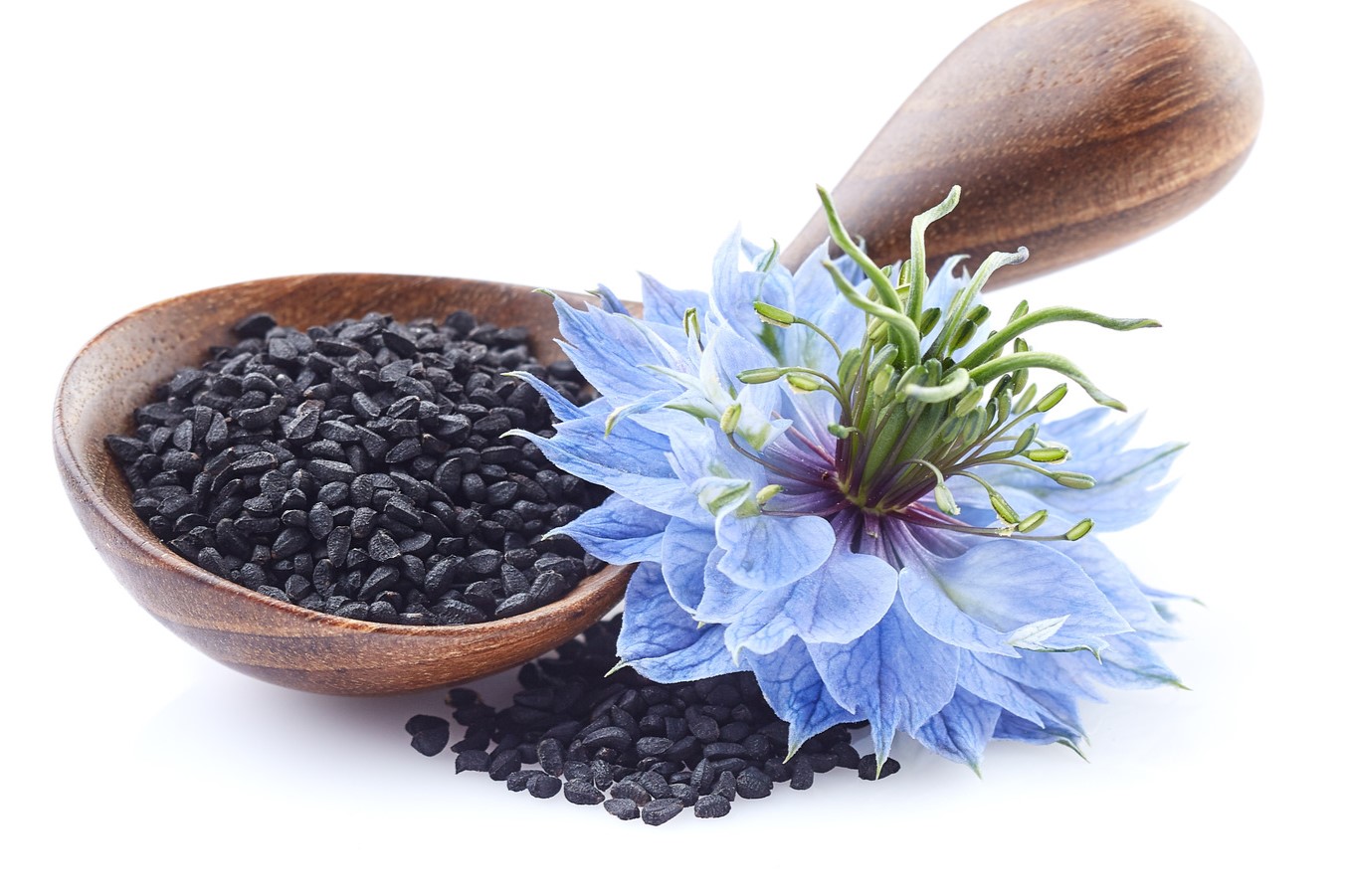
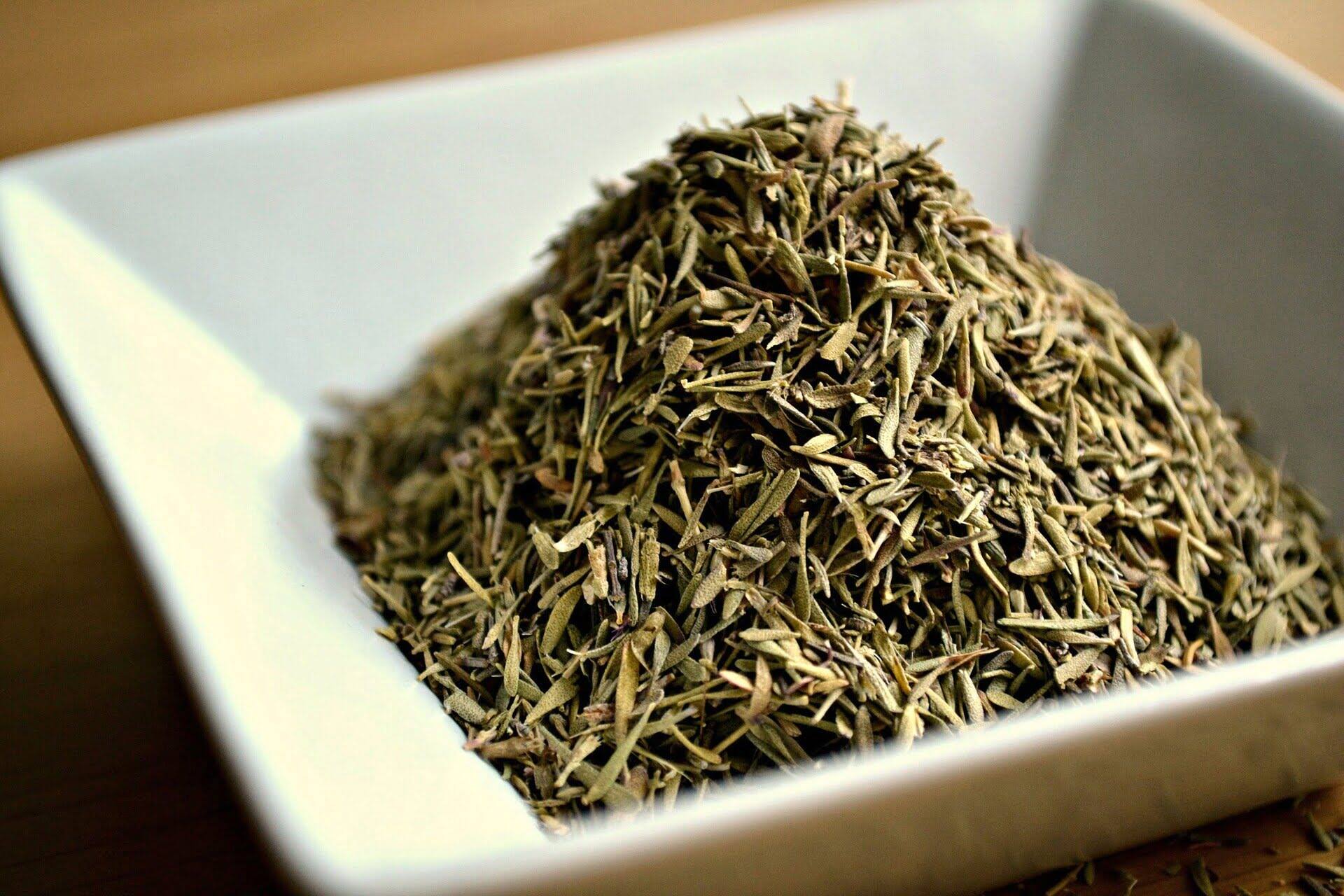

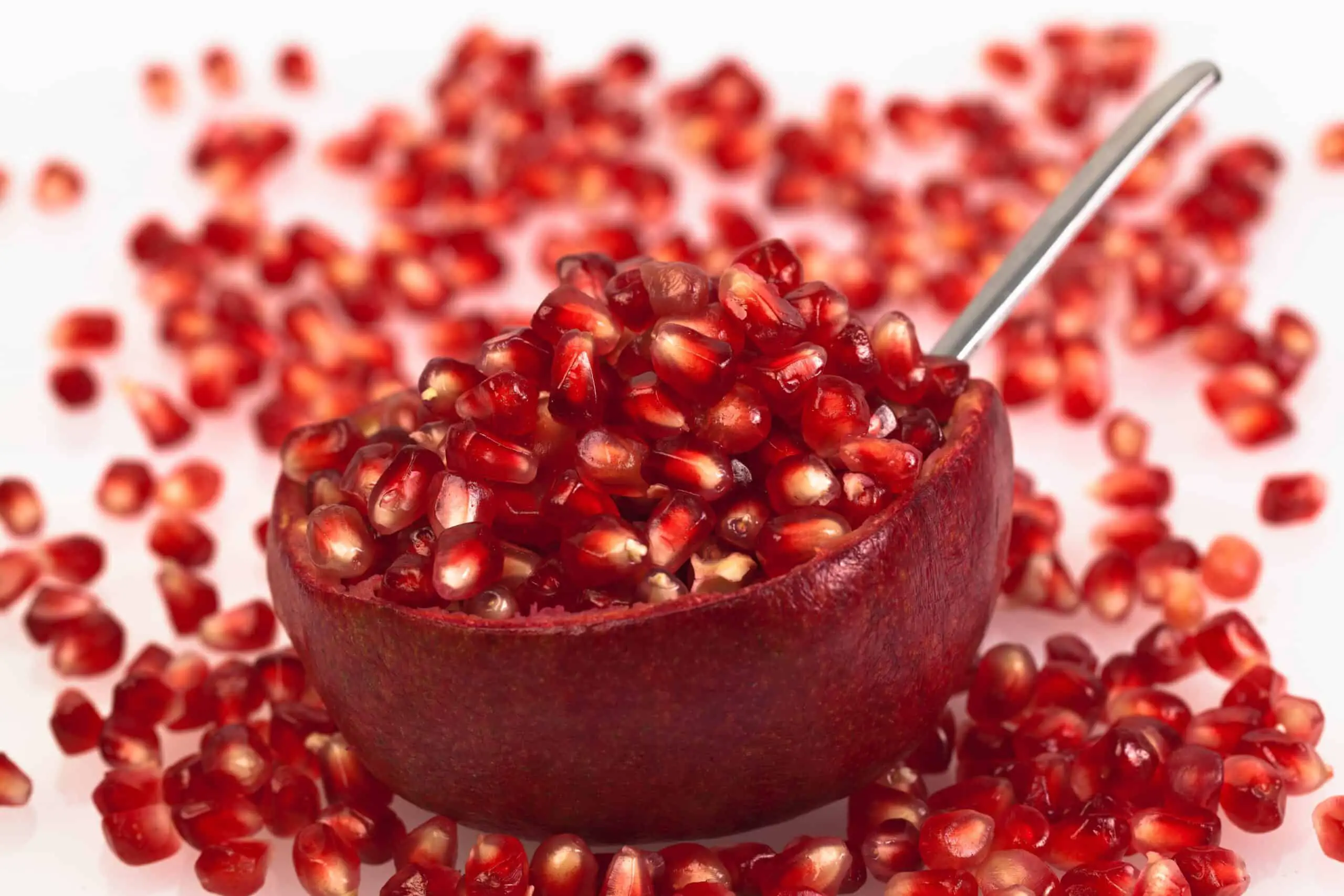
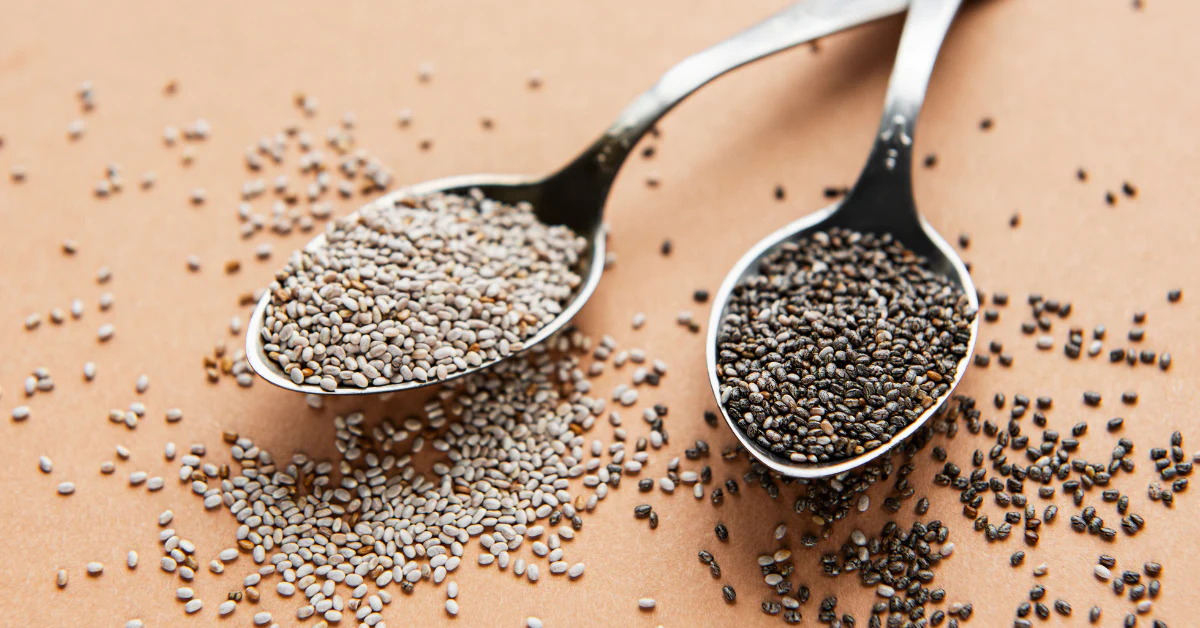
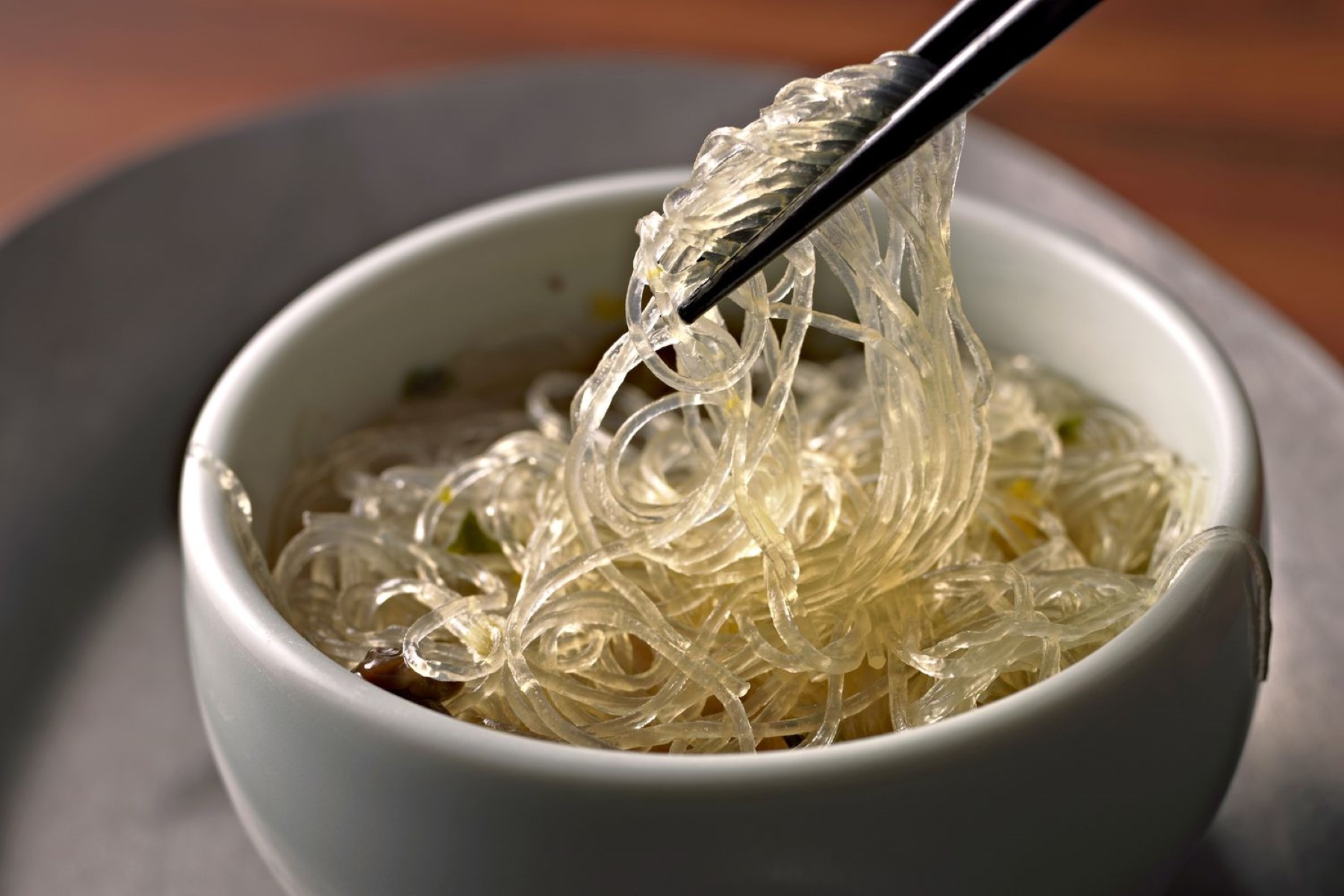

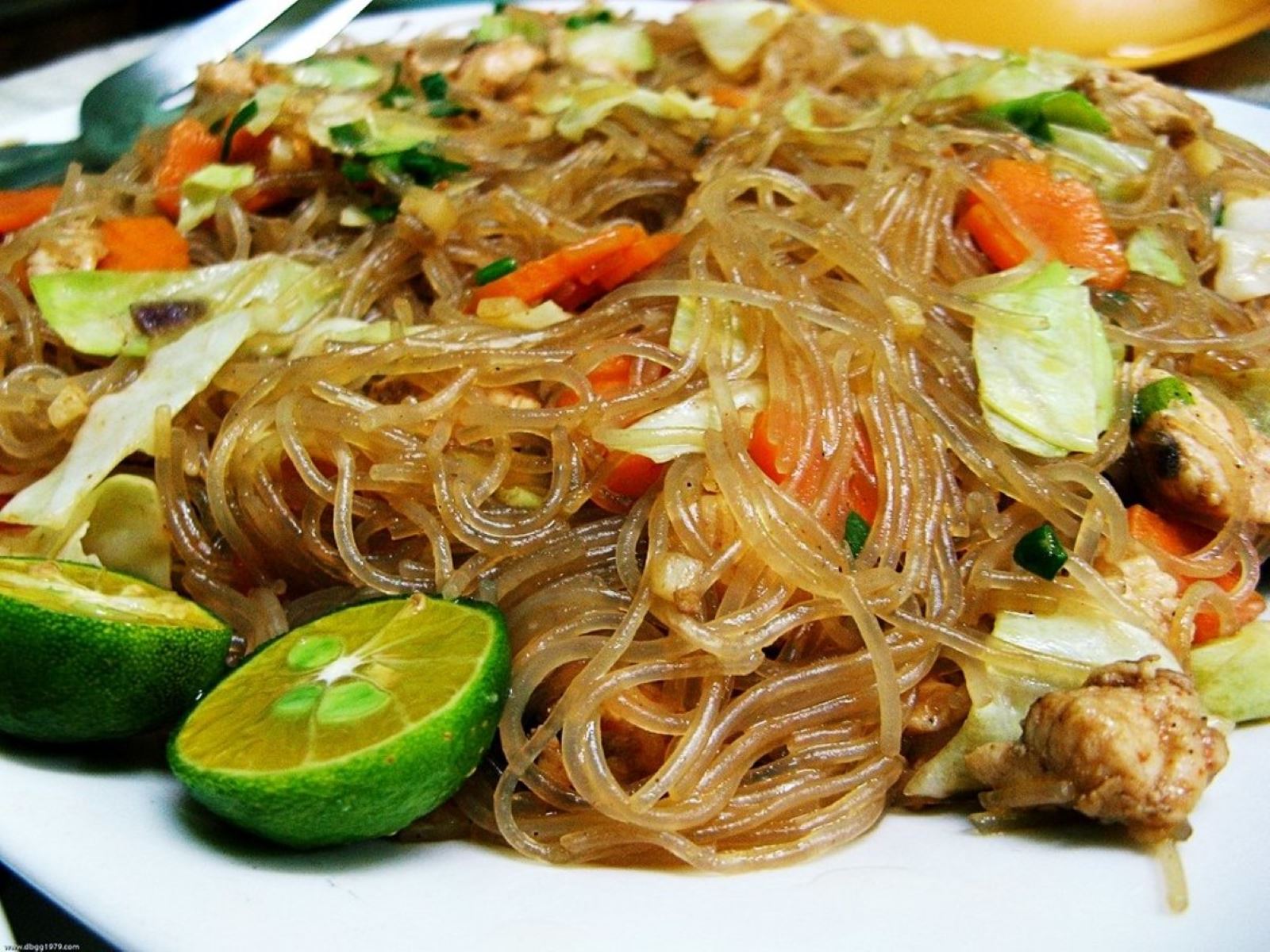
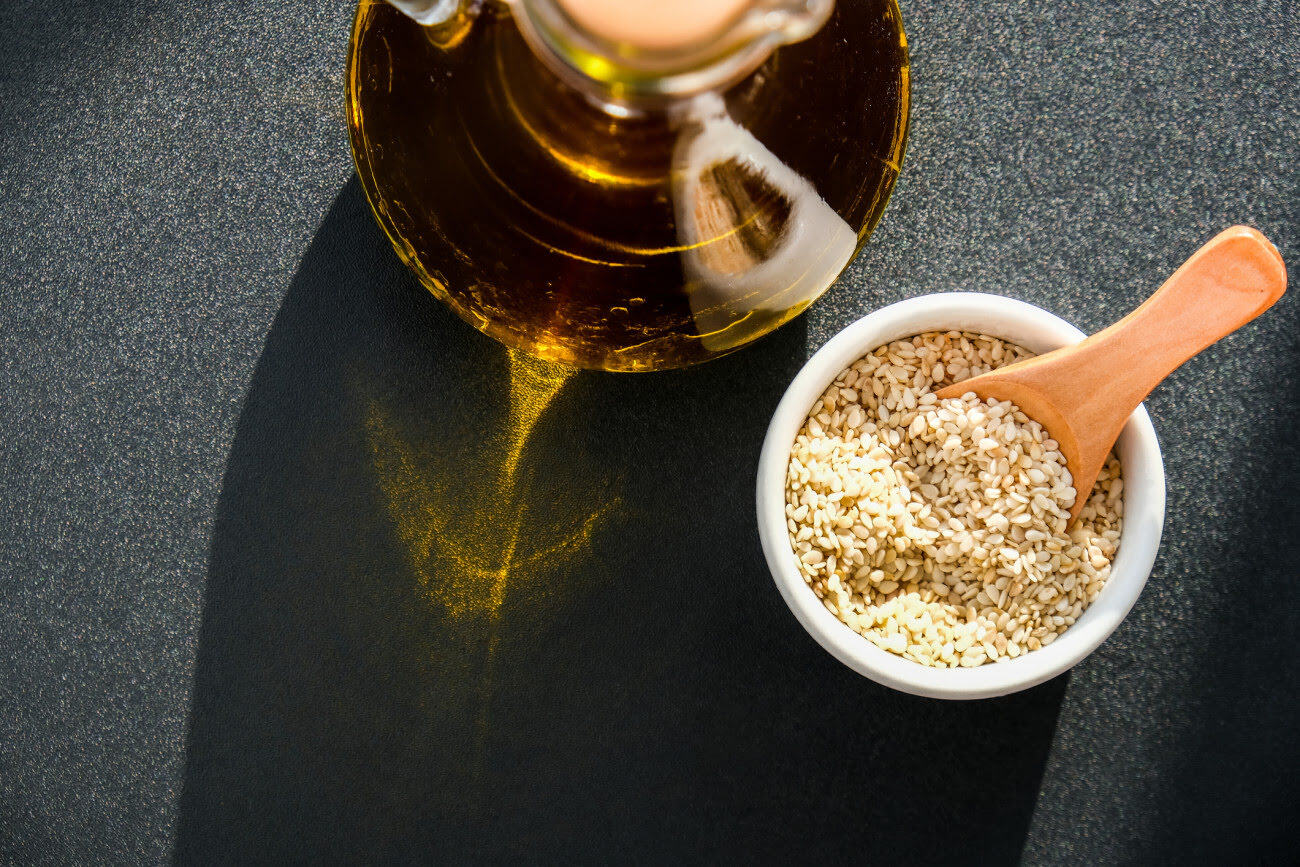
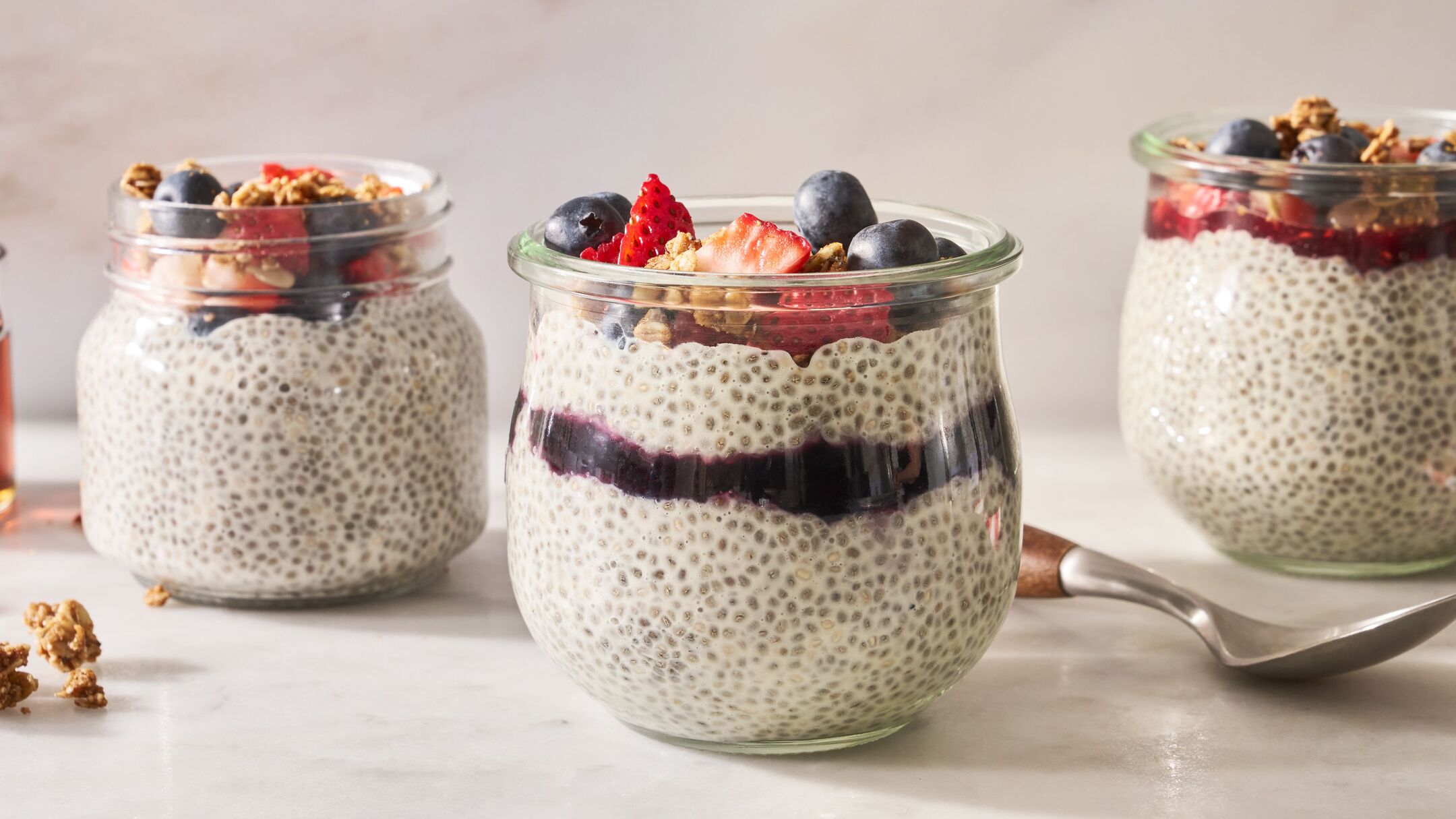
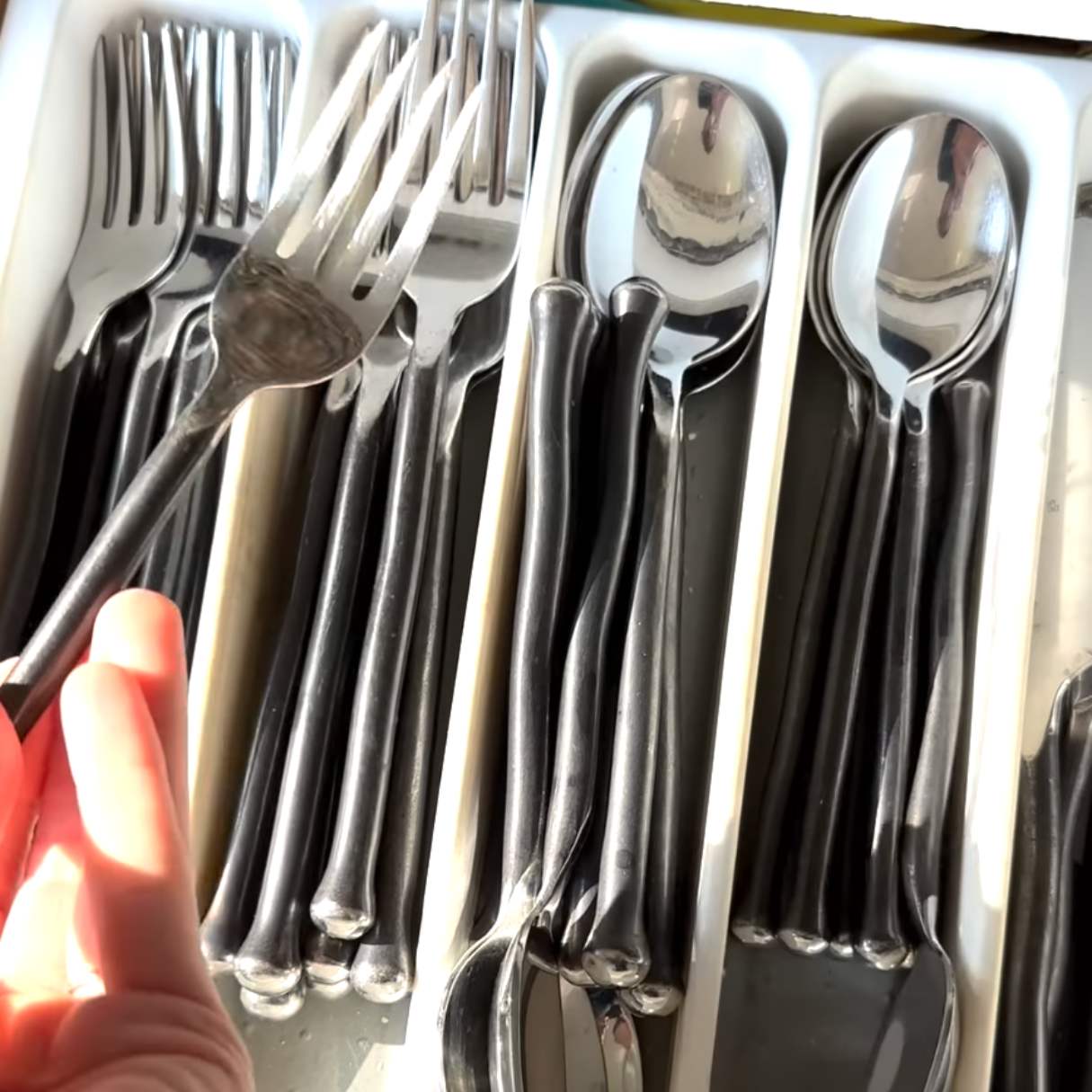
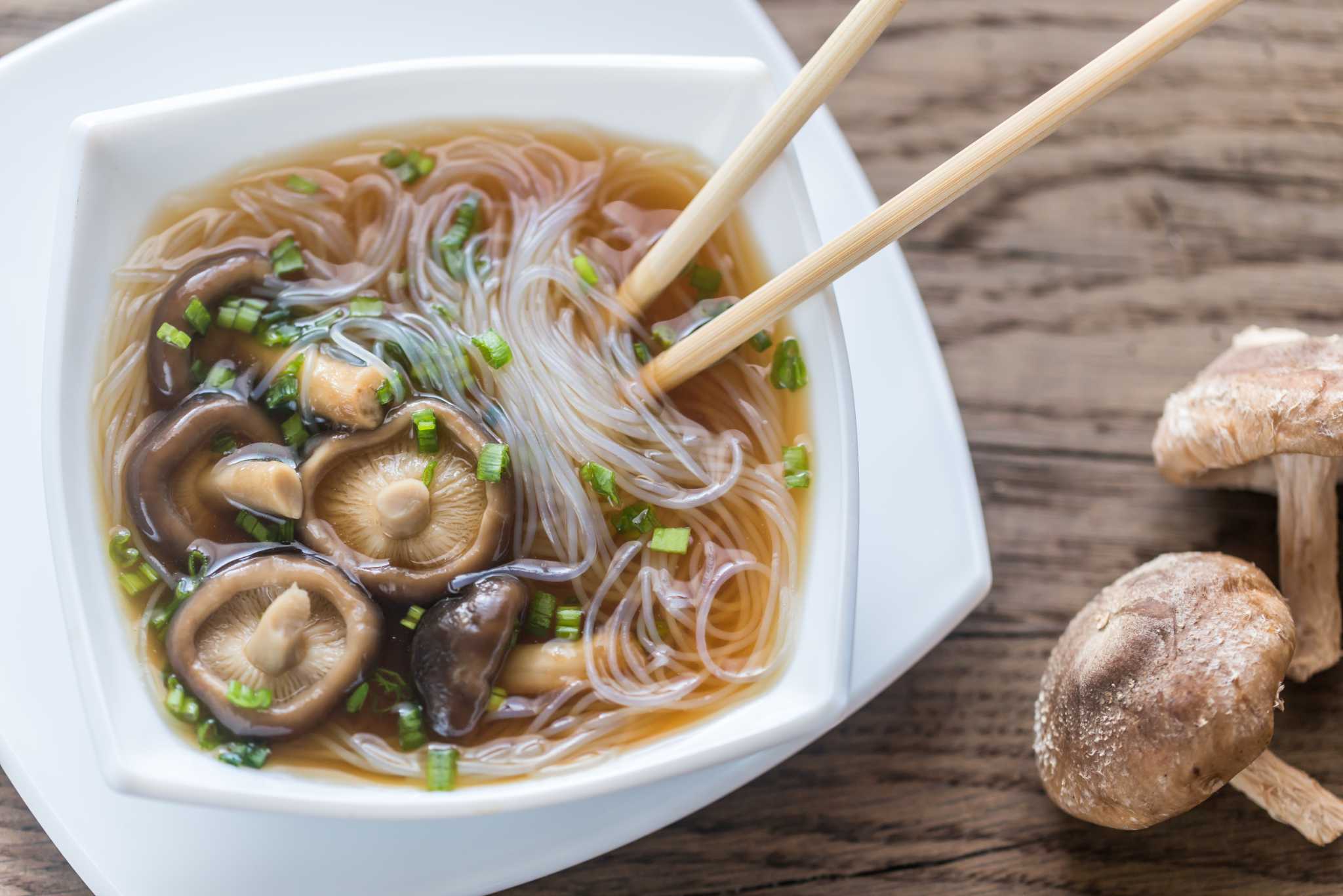



0 thoughts on “What Do Glass Noodles Taste Like”